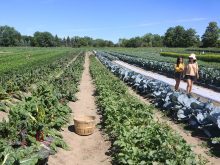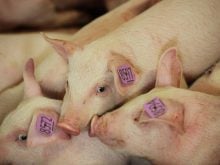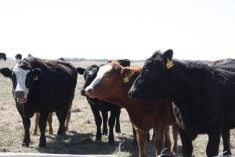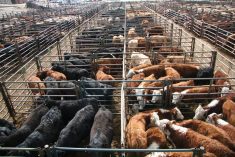When farmers are taken off the government dole, they are forced to think in a different way.
New Zealand faced that scenario in 1984 when the newly elected Labour government decided it could no longer afford the subsidies paid to agriculture.
Farm subsidies dropped from 34 percent to three percent of farm income, said Nicola Shadbolt of the Massey University of New Zealand.
Restructuring has become a way of life in New Zealand, she said during the International Farm Management Congress at the University of Calgary last week.
Read Also
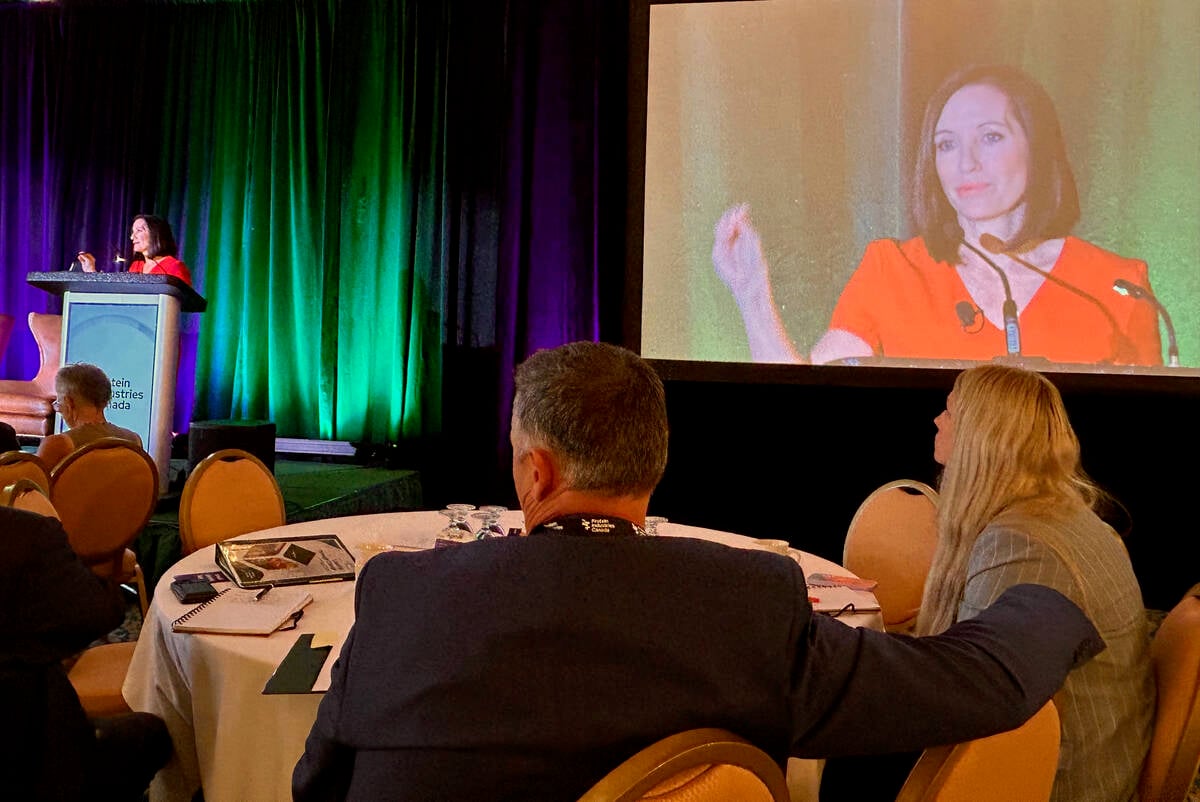
Canada told trade crisis solutions in its hands
Canadians and Canadian exporters need to accept that the old rules of trade are over, and open access to the U.S. market may also be over, says the chief financial correspondent for CTV News.
And after working under the restructured system, Shadbolt said farmers don’t want a return to high farm subsidies.
While making it on their own, they have increased business management efficiency, changed their mix of enterprises, demanded more market information and expect to improve cost effectiveness, she said.
Farm debt has decreased with 11 percent of farm income going to service debt compared to 20 percent 10 years ago.
Farm size has increased from an average 585 acres in 1970 to 926 acres in 1996.
Under restructuring, many farmers first examined where they could earn the highest profit, and that led to production changes.
The sheep industry was hardest hit because it received the largest payments. The national flock went from 68 million in 1985 to 39 million in 1995.
Beef, dairy and deer were perceived as more profitable so those herd sizes increased. Beef rose from 4.6 million to 5.2 million head, dairy from 3.3 million to 4.1 million and deer from 700,000 head to 1.2 million.
Even when commodity prices fell, land values held until 1987 because people wanted land for reforestation projects, said Shadbolt. Prices started to fall but then rebounded as people found new uses for land.
“Since that time there has been an extraordinary increase in farmland values,” she said.
Land is scarce
Arable land is scarce and people believe dairy has more future than sheep or beef. The average dairy herd has increased from 120 cows to 190 in the last 10 years.
Ten years ago about one percent of dairies had more than 300 cows. Now 3.4 percent have more than 300 cows.
Deer farming also gained. Last winter deer meat was worth $9 per kilogram, encouraging more people to expand herds, Shadbolt said.





